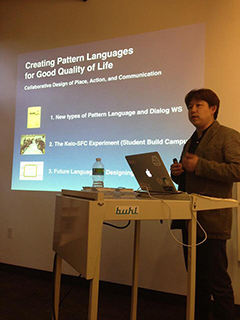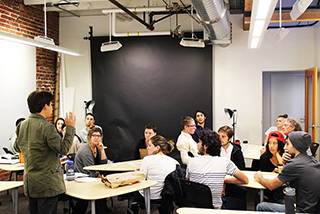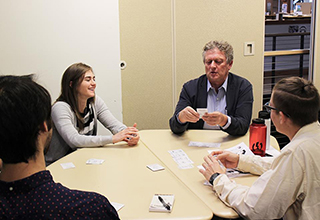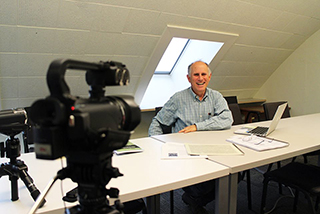
本研究では、キャンパスプランニングにおいて、利用者を巻き込みながらアジャイルに設計を進める方法として、設計前だけでなく設計途中や設計後にパターン・ランゲージを作成する方法とその実践についての研究に取り組んだ。キャンパスプランニングにおいて、設計がつくられる過程で起こる新たな発見や学びをパターン・ランゲージで記述し、そのプロセスをひらくことで、利用者とともによいキャンパスを探究することが可能となる。そして、このようなキャンパスビルディングの先駆的事例である米国オレゴン大学と交流を行った。
In this project, we studied the method of continuously creating pattern language in any phase of designing the campus, as an agile design method involving the campus users. The process of creating pattern language grasps and discloses discoveries and findings in campus planning, enabling all the users to pursue their ideal campus. The patterns that were shaped can be categorized into three domains; architecture and landscape, educational programs, and internal activities for campus planning.
This project examined the method in the campus planning process of a residential education and research facility, called Student Build Campus SBC), an initiative that allows people to create their own campus at Keio University, Shonan Fujisawa Campus (SFC) in Japan.

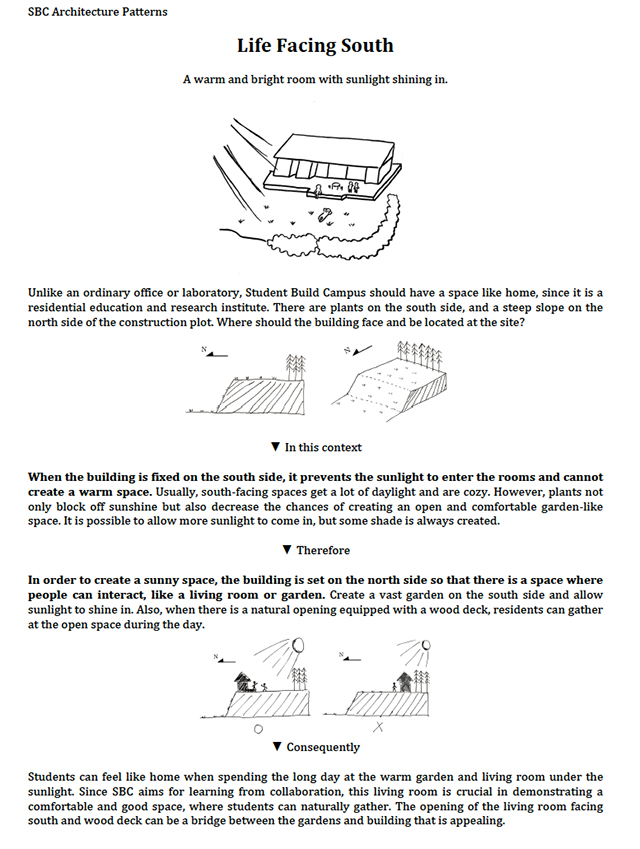
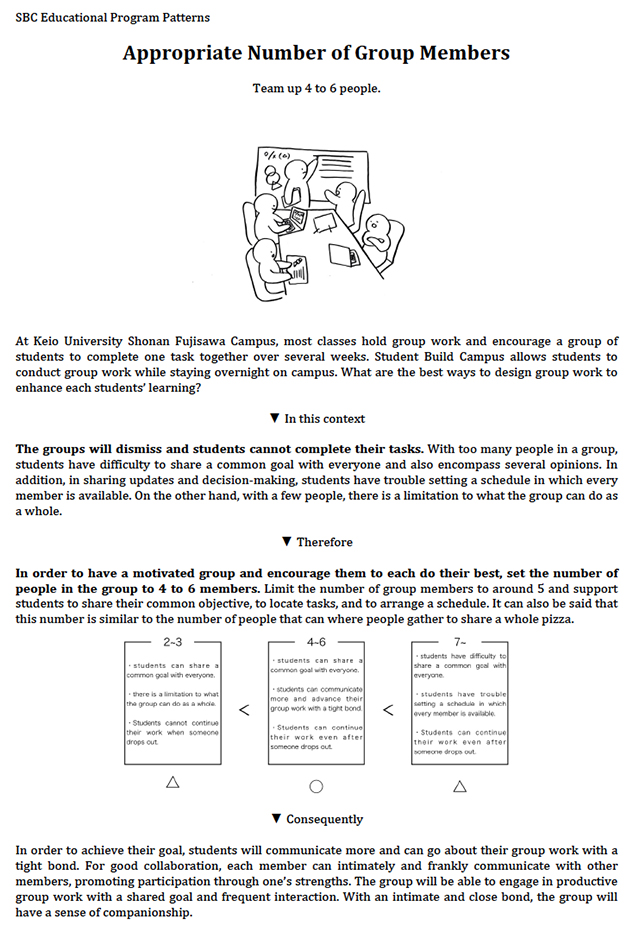
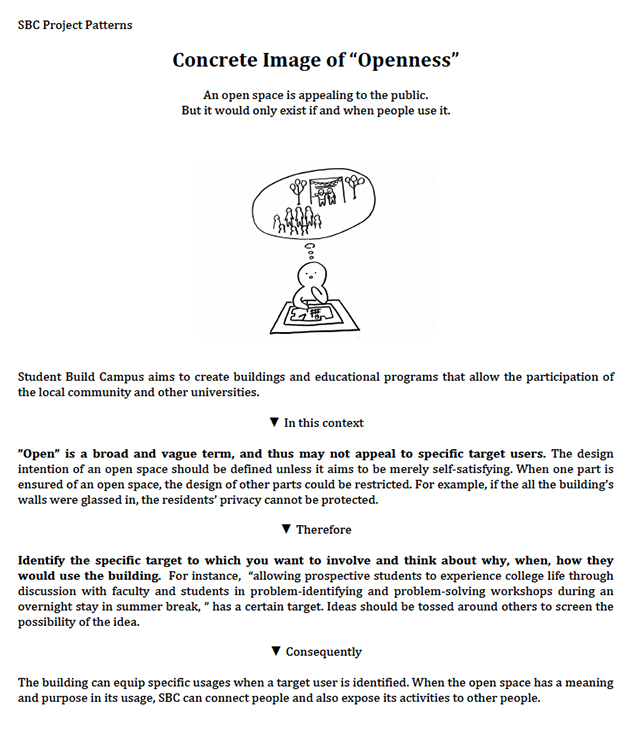
Our research is based on architect Christopher Alexander’s studies on the Oregon Experiment and the construction of Eishin Campus School. We communicated and discussed about the processes with Prof. Hajo Neis, the University of Oregon. I gave a lecture and workshop in the class at the UO Portland Urban Architecture Laboratory (PUARL) in October, 2015. Also, we intervewed about the case of the university of Oregon with Fred Tepfer, who is Project Planning Manager at Campus Planning, Design & Construction office, the University of Oregon.

